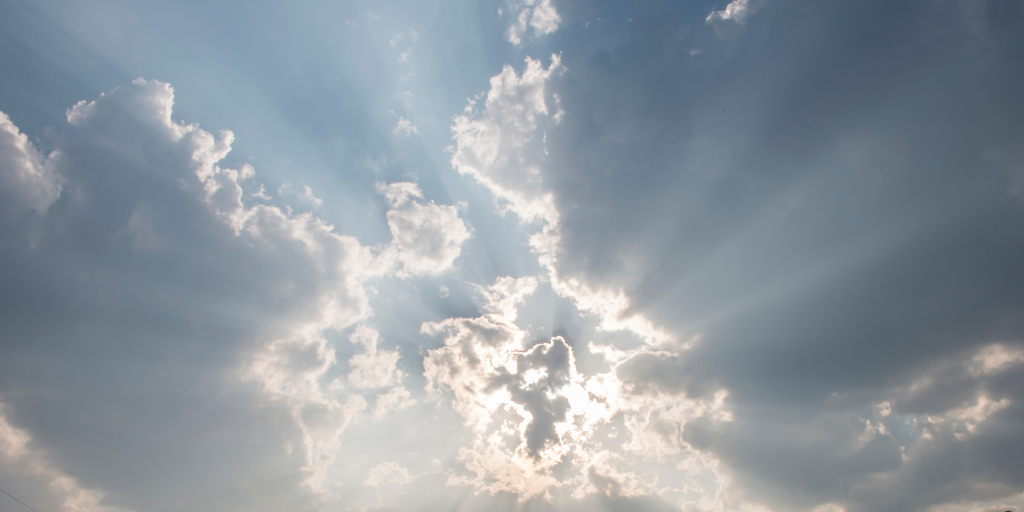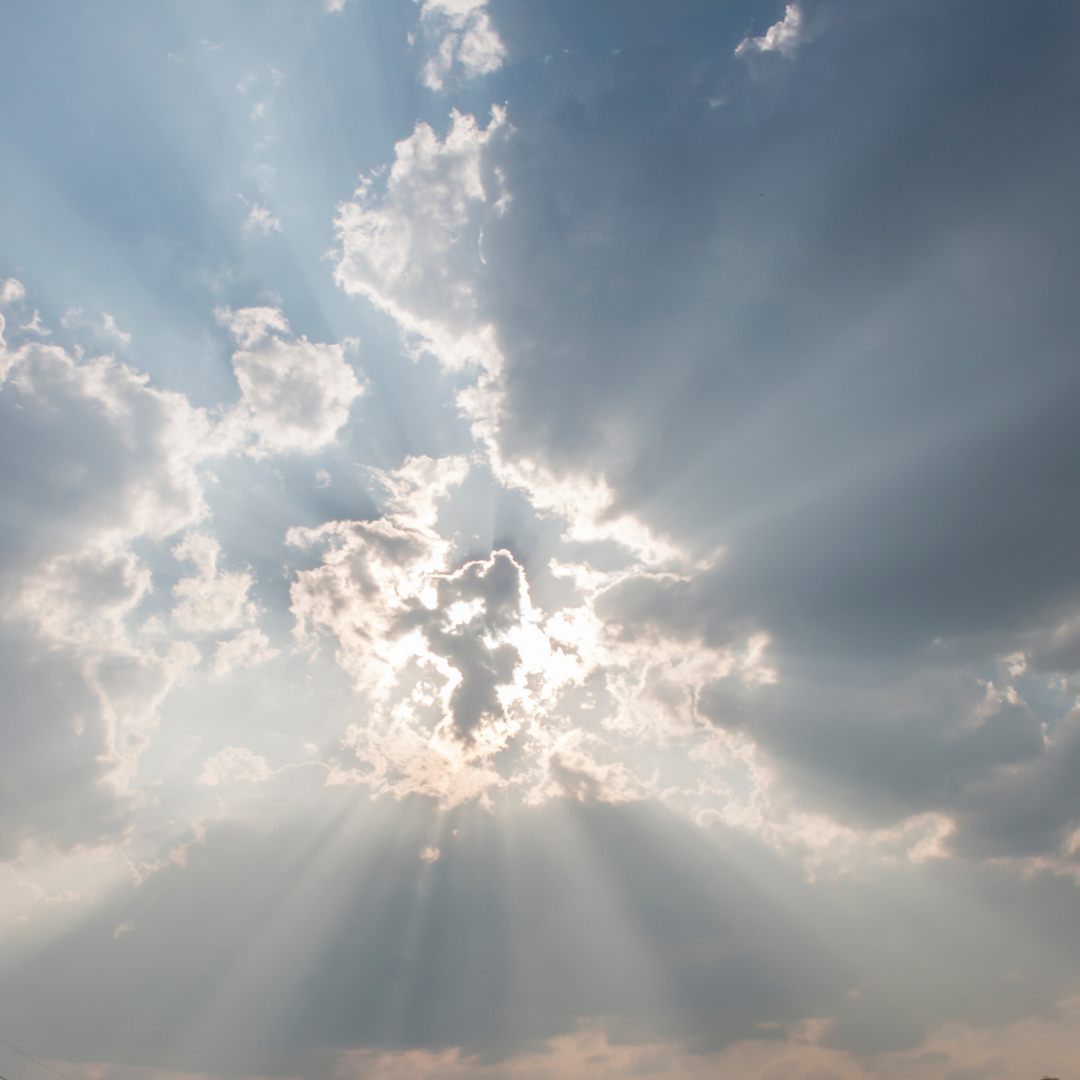
Catherine Mendenhall-Baugh ponders why miracles are significant for present-day Catholics.
What is a miracle? What is its purpose? Miracles can be explained this way. It’s a break in the natural order. It’s an incident that is outside the explanation of any human capacity to predict.
As Catholics, our faith has brought to us over 10,000 amazing people who have become saints. Some of these saints have witnessed amazing miracles. This can include witnessing visions of our Blessed Virgin Mary to bearing the stigmata of Jesus’ wounds.
We all have a purpose. We are here to live our lives as representatives of Jesus Christ on earth. We do this with our example of love!
"This is my commandment: love one another as I love you.” (John 15:12)
Our role is to help those around us go to God through our words and example. Saints have done this and more. Some of these saints not only witnessed miracles: in some instances, they were even participants. Why would this be significant for Catholics, especially in our present day?
An example of some of the most amazing miracles that have been documented by the Catholic Church are referred to as private revelations: many are apparitions of the Virgin Mary. They include the appearance of the Blessed Virgin Mary at Guadalupe, Mexico in 1531 to St. Juan Diego; and at Fatima, Portugal in 1917 to Lucia Santos and Sts. Jacinta and Francisco Marto, as well as St. Catherine Labouré in 1830 where she was given the “miraculous medal by Mary to share with the world. Likely one of the more notable apparitions occurred in 1858 with St. Bernadette Soubirous, when Mary identified herself by saying, “I am the Immaculate Conception.”
Other examples of miracles taking place is with statues and paintings of likenesses of Jesus and Mary and some saints where they appear to be weeping or bleeding. This is routinely reported all around the world. As an example, the painting of Jesus hanging in the Bethlehem Church of the Nativity (above the spot where Jesus is said to have been born) has been reported to weep red tears. There is skepticism and suspicions of fraud with these types of incidents, yet they continue to draw hundreds of people all over the world to observe and even pray.

Another amazing wonder is the incorruptible bodies of the human bodies of saints: bodies that have never decayed after death.
The holy bodies of holy martyrs, and of others now living with Christ, -- which bodies were the living members of Christ, and the temple of the Holy Ghost, and which are by Him to be raised unto eternal life, and to be glorified, -- are to be venerated by the faithful; through which (bodies) many benefits are bestowed by God on men. Council of Trent 25)
These bodies lay in coffins (sometimes made of glass) to be on view in churches and shrines. Some incorrupt saints include St. Clare of Assisi, St. Vincent DePaul, St. Bernadette Soubirous, St. Catherine Labouré and St. Margaret of Castello, just to name a few. It is even believed that Pope John XXIII is well preserved and may be termed incorruptible. Catholic and Eastern Orthodox Churches believe that God's intervention allows a few Saints to avoid the normal process of decomposition after death as a sign of holiness. Some of these bodies have been known to have an odor of sanctity, a sweet or floral aroma that is pleasant even after hundreds of years following death.
Then there is the miracle associated with the Stigmata. In his letter to the Galatians, St. Paul says, “I bear the marks of Jesus on my body,” (Galatians 6:17) which is the source in the Bible of the stigmata. Essentially, the stigmata is a strange physical phenomenon in the human body and mind and soul to interact in a way that is difficult to understand. Some have been known to be afflicted with Jesus’ crucifixion wounds, usually on the palms of the hands and the feet. St. Francis of Assisi (1186-1226) was the first of many saints to have the stigmata. Many other saints show some or all of the five holy wounds inflicted on Jesus during His crucifixion. St. Pio of Pietrelcina, known as Padre Pio (1887-1968), experienced the stigmata most of his life. As a child he also experienced apparitions from Mary and Jesus.
Visits from Mary, weeping statues, bleeding paintings, the stigmata of Jesus: can all these be strictly based on faith alone or do actual miracles exist? I think the answer is yes!
Father Dwight Longenecker points out that as Catholics, we look first for every natural explanation and then we look at psychological and physical explanations before we automatically jump to claiming these incidents as miracles. We expect there will likely be natural explanations and only when there is no other way to explain it, we are open to the possibility of it being declared a miracle. The Church withholds judgement on these things for as long as possible until all things to the contrary can be ruled out. In "Of Miracles and Atheists," he notes, “If a pattern and purpose [is found], then there must be one who is above the natural order who plans the pattern and has a purpose.”
So again, why there is a need for miracles, the answer, I believe is simple. They can be an answer to a prayer or maybe God is showing all of us He does exist. He can decide how to answer prayers and decide when the answer is yes. For most believers, knowledge of miracles is merely more proof of what we already know: God is with us always through good and bad. Mostly, I believe that we are witness to miracles every day which we sometimes call a coincidence, or maybe we say we got lucky. I’ve always loved the quote, “Coincidence is when God decides to remain silent.”
Recognizing that there is a need for God in our lives is the beginning. Realizing that He is with us even when we don’t understand when and why is the next step. When the diagnosis that we received came back with good results we will sometimes say, “thank God.” Or, when we avoid an accident, we say, “Oh, we got lucky that time.” Frankly, they are our reminders that God is with us. Miracles, large or small, are meant to be a message from God: “I love you and I will always be here for you, saint or sinner!”
I also can’t help but think it's OK to have the natural order of things rustled up a little bit from time to time!
Copyright 2021 Catherine Mendenhall-Baugh
Image: Canva Pro
About the Author

Catherine Mendenhall-Baugh
Catherine Mendenhall-Baugh (Cathy) completed her education in Special Education and English and now works as an Agent in the Insurance Industry. A mother and Grandmother, Cathy grew up in a large Catholic family and has spent the last 30 years as a caregiver for her husband, Jack. She is a cancer survivor, which inspired her to begin writing.


.png?width=1806&height=731&name=CatholicMom_hcfm_logo1_pos_871c_2728c%20(002).png)
Comments